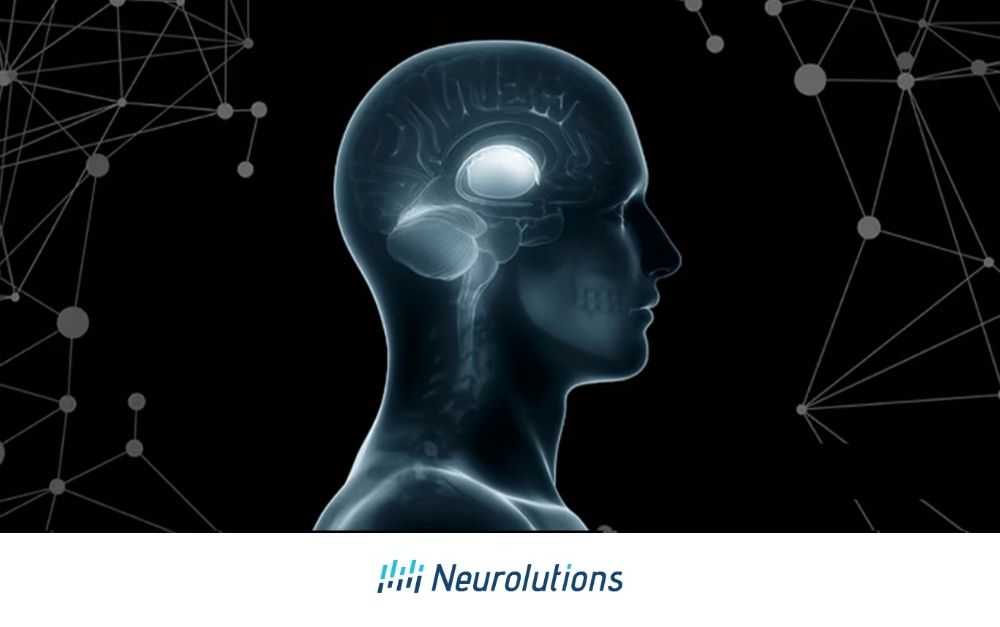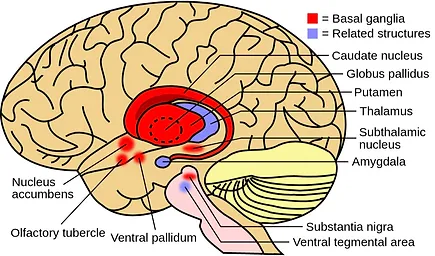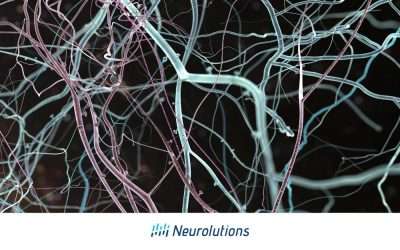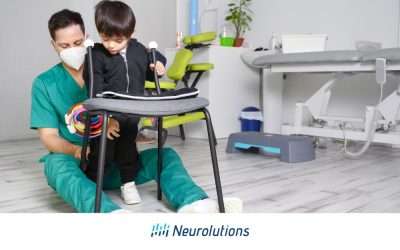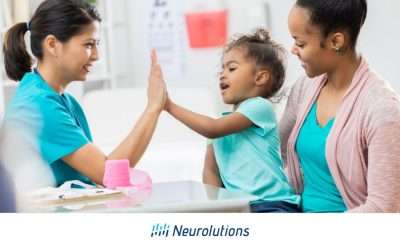What is the role of the Basal Ganglia?
The basal ganglia sometimes referred to as the basal nuclei, are found deep within the white matter of the brain. It helps form a part of the motor system and works together with the pyramidal and limbic systems. When the basal ganglia damage occurs, a decrease in “drive, initiation or motivation or emotional blunting” is often encountered.
The basal ganglia overall affects working memory and cognition, therefore limiting voluntary activity or motor movements. When this is severely impacted the term “abulia” is used to describe the deficits. When mild, the deficits are often referred to as “apathy.” Damage to the basal ganglia can also cause extreme fatigue in certain cases of stroke.
What are the Signs of a Basal Ganglia Stroke?
Signs and symptoms of a basal ganglia stroke can be much like the signs and symptoms of any other stroke, such as weakness on one side of the body or face, and difficulty speaking and understanding language. However, when experiencing a basal ganglia stroke, the individual may experience a sudden loss of balance or coordination, the intensive onset of a headache, sudden change in mood, behavior, or onset of depression. As these are not the usual “F-A-S-T” signs and symptoms of a stroke that are well known, it is important to seek medical attention if you are a loved one who noticed a sudden change in the above-discussed signs associated with basal ganglia stroke.
In general, basal ganglia stroke tends to be hemorrhagic in nature and rare, but it can have long-standing effects due to the damage in the brain that occurs in the neural matter.
Have you considered IpsiHand? Learn more about how IpsiHand could help you!
How Does a Stroke Affect the Basal Ganglia
Due to the rare nature of basal ganglia stroke, as an occupational therapist, I have treated only a handful over a decade in neurorehabilitation. I was part of a research group studying functional MRIs of individuals following stroke. During this time, we worked with one individual who experienced a pure basal ganglia stroke with severe deficits in initiation, otherwise known as abulia as described above. Consent was provided by her family to participate in imaging and functional behavioral testing.
The stroke survivor was incredibly pleasant but required up to 3 minutes to answer one-step questions or commands such as “what is your name.” She generally was always able to answer correctly to naming tasks of objects or when following directions. Because she was so delayed, scoring standardized testing was obsolete and unable to be completed.
Secondly, upon observation of their physical status, she appeared to be tetraplegic, unable to move any of her limbs or trunk. She was transported in a stretcher or wheelchair at all times due to lack of movement. However, when provided with physical assistance and direct instructions, the individual had almost full movement of her entire body with overall good strength to help with transfers and toilet tasks. It was the lack of initiation set by the brain that made her appear to lack all movement.
How to Treat a Basal Ganglia Stroke
Generally, individuals who have deficits in initiation or beginning of activities demonstrate the greatest progress in a rehabilitation setting which provides assistance and structure. After returning home, some stroke survivors who have experienced damage in the basal ganglia area may demonstrate a regression and have difficulty completing activities of daily living if structure and support are unable to be provided due to the nature of the stroke.
Providing one-step instruction or questions and allowing for extra time for processing information is very important. Visual schedules or pictures can also be helpful to assist with the initiation of an activity and help a person know what to do next in the activity. Also, keeping activities simple and allowing extra time for all tasks to be completed can be beneficial. Occupational therapy and speech therapy can be helpful in setting daily routines and supportive communication for this population.
The Importance of Basal Ganglia Stroke Physical Therapy For The Patient
In addition to using instruction and a supportive environment to help with recovery following a basal ganglia stroke, aerobic exercise is very important for basal ganglia recovery following a stroke.
Overwhelming evidence supports the use of aerobic activity for recovery following strokes but especially for the basal ganglia. Studies have shown an increase in the basal ganglia volume just after 3 days of aerobic training for 30 minutes each day, increasing cognitive function and motor learning. Physical therapy intervention is also crucial for these survivors to address aerobic activity and tailor it to physical and cognitive limitations. The basal ganglia may experience neuroplasticity and overall may improve cognitive performance, such as initiation and procedural memory deficits.
Looking for More Information on Strokes?
We are very excited to announce that the Neurolutions Stroke Information and Recovery Blog has been named one of the Top 25 Stroke Blogs by FeedSpot! This is the most comprehensive list of stroke-related blogs on the internet and we are honored to be a part of the list!
References:
Becker L1, Kutz, Voelcker-Rehage. Exercise-induced changes in basal ganglia volume and their relation to cognitive performance. Journal of Neurology & Neuromedicine (2016).
Brain injury medicine: principles and practice. Zasler et al. Demos Medical Publishing, an imprint of Springer Publishing. New York, 2013
Pedretti, Pendleton, Schultz-Krohn, Pedretti’s Occupational Therapy: Practice skills for Physical Dysfunction. Stl. Louis, MO Mosby/Elsevier, 2006.

